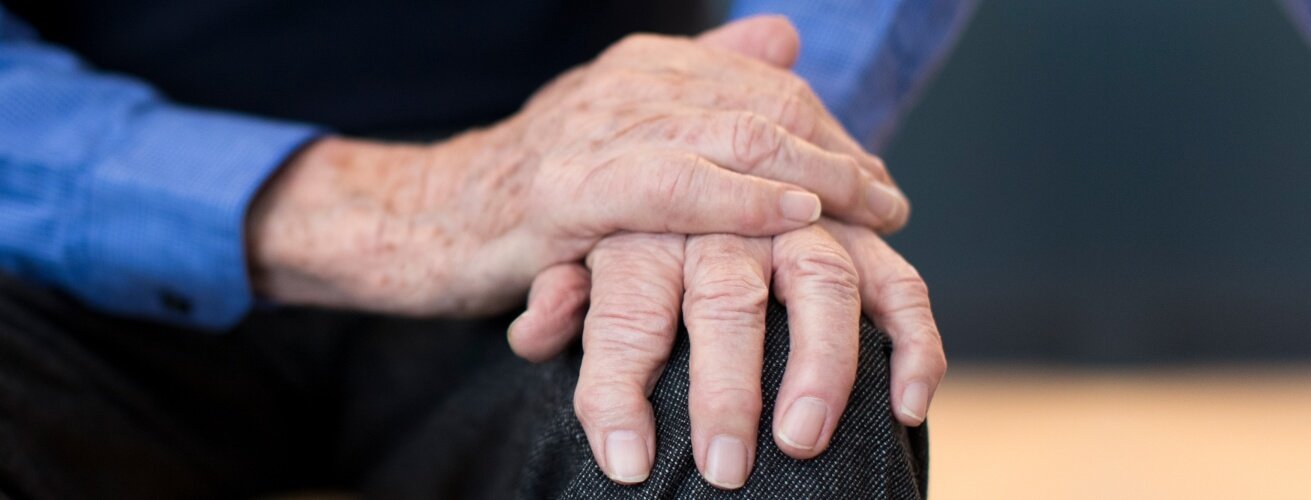The most noticeable symptom of Parkinson’s disease is the hand tremor. While this may be the most well-known symptom, it is by no means the only visible one. People with Parkinson’s disease display a wide variety of symptoms such as a sense of weakness, difficulty in walking or even constipation.
Broadly, the symptoms of Parkinson’s can be classified as the following :
1: Motor Symptoms
Symptoms which involve movement, such hand tremors and other motor-movement related
2: Physical Symptoms
Signs that are physical in nature but do not involve any motor or movement
3: Non-Physical Symptoms
These are cases where it is harder to detect whether the person has Parkinson’s or not because many of the signs may be also due to other factors and other issues
Motor Symptoms
Symptoms that manifest themselves around motor or movement related areas come under this category. These include the following:
Tremors
Tremors are shaky movements of the hand caused due to Parkinson’s. The hand trembles, especially when you are lifting a glass or cup of tea.
Parkinson’s gait
Gait abnormality is one of the most important factors affecting the quality of life of Parkinson’s patient. Parkinsonian gait is characterized by small shuffling steps and a general slowness of movement called hypokenisa or even the total loss of movement which is called akinesia. In some rare cases, patients also have reduced stride length and walking speed. The patient has difficulty starting, but also has difficulty stopping after starting. This is due to muscle hypertonicity.
Freezing
Freezing is like a feeling that the feet are glued to the ground and many people who have Parkinson’s face it. When you freeze, you may not be able to move forward again for some minutes, and you may feel that your feet are stuck to the ground.
Postural Instability
This is prevalent more in the end stage patients where the ability to do everyday tasks such as walking, turning, standing up or getting up from bed becomes extremely difficult leading to frequent falls.
Physical Symptoms
These are symptoms that are physical in nature and deal with how the body reacts to Parkinson’s
Rigidity
This involves stiffening of the muscles leading to poor muscle relaxation. This can take the form of:
- Stiff muscles
- Inflexible muscles
- Pain and cramps
Facial & Vocal Expression
Patients with Parkinson’s disease often display marked changes in their face and vocal chords. The face becomes expressionless or is contorted in a particular twist. Similarly, there are vocal changes and the person often is unable to bring in a modulation of intonation into the voice while speaking.
Dysphagia
This is the medical term for the conditions where eating and swallowing are difficult to do. While there could be many causes where dysphagia would be the outcome, in the case of patients with Parkinson’s disease, this manifests itself into what is called ‘silent aspiration’.
Eye and Dental Symptoms
People with Parkinson’s also exhibit symptoms related to the eye and dental issues. Patients may have difficulty in viewing movement motions easily and may view things in jerky slow motions. This makes driving extremely difficult.
Likewise patients may also suffer from things like drooling, dryness in mouth and tooth decay increases.
Pain
Pain is often associated with Parkinson’s patients and will manifest itself in many ways like muscle contraction, joint pains, dystonia and cramps.
Non-Physical Symptoms
Parkinson’s disease can cause neuropsychiatric issues, which can range from mild to severe. This includes disorders of cognition, mood, behaviour and thought.
People with Parkinson’s disease are likely to display the symptoms like changes in handwriting, losing the sense of smell and being unable to distinguish various odours. They may exhibit impulse control disorders such as pathological gambling, compulsive sexual behaviour, binge eating, compulsive shopping and reckless generosity. These are symptoms that are usually caused by drug intakes that boost dopamine in the body.
Other non-physical symptoms are sleep disorders and memory loss. A person with Parkinson is in the high risk category to have dementia. Symptoms such as impaired recall, impaired perception and problems with estimating time are other symptoms that may occur.
Behavior and mood alterations are also common in patients with Parkinson’s. The most common mood difficulties are depression and anxiety. It is estimated that up to 30% of the people with Parkinson’s may experience anxiety issues ranging from general anxiety to social phobia, panic disorder and obsessive-compulsive disorders. Hallucinations and delusions are other behaviour and mood alterations that patients could display.
Different people exhibit different symptoms and it is often best to consult a specialist in Parkinson’s disease rather than self-diagnosis. If you would like to get more information on Parkinson’s or reach out to any of our curated doctors, please submit the form alongside.

















